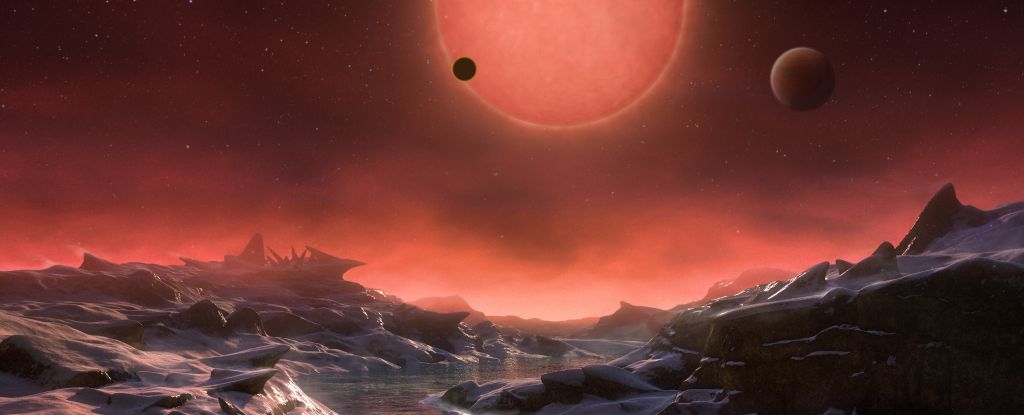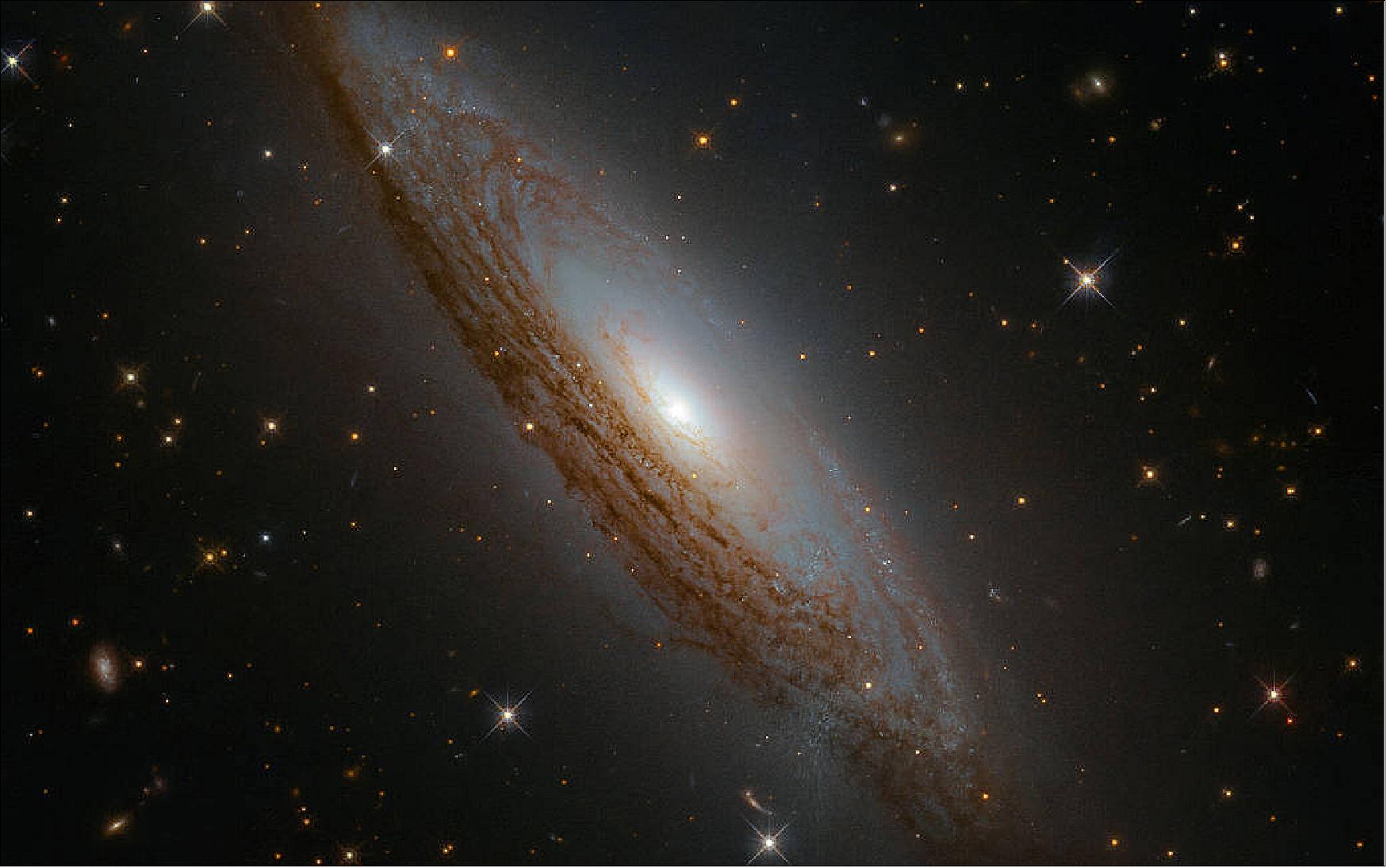We may have underestimated how much wetter the Milky Way galaxy is. We might have been missing a population of “water worlds”—soggy planets with up to 50% water by mass—according to a recent examination of exoplanets around red dwarf stars. Scientists predict that on many of these worlds, the water will be trapped in hydrated minerals rather than being spread out across the entire surface as a global liquid ocean. The discovery might, nonetheless, have an impact on our search for extraterrestrial life.

It surprised astronomer Rafael Luque of the University of Chicago to find evidence for so many water worlds orbiting the most prevalent form of star in the galaxy. It has significant ramifications for the search for terraforming planets. These stars are amazingly plentiful, despite the fact that we cannot see a single red dwarf with the naked eye. Red dwarfs are tiny, cold, and faint stars with maximal masses of just approximately half that of the Sun.
At 13.8 billion years old, the Universe is not old enough for a red dwarf star to have lived out its whole, estimated 100 billion-year lifespan, giving them the greatest longevity of all stars. Red dwarf stars are thought to make up 73 percent of the Milky Way’s stellar population. Just take a time to consider that. On a warm summer night in the desert, or on a chilly field, you can’t even see most of the stars in the sky when you go stargazing.
It is challenging to locate exoplanets in orbit around red dwarfs since they are so faint and red. Red dwarf stars have been home to only a small portion of the 5,084 verified exoplanets at the time of writing. However, as our tools become more advanced, astronomers have been able to characterise a number of tiny planets that orbit these tiny stars. To describe an exoplanet, scientists primarily consider two signals. The first is a regular, subtle starlight dimming when the exoplanet’s orbit moves in front of us and the star.

The second is caused by the circling exoplanet’s weak gravitational attraction, which causes a minute lengthening and shortening of light wavelengths from the star. If you have these measurements and are aware of the star’s distance (and the amount of light it produces), you can determine the exoplanet’s mass and radius, two factors from which astronomers can determine its density. The composition of the exoplanet can be inferred from its density. A gas giant or other exoplanet with a high atmosphere is likely to have a low density. A planet with a high density is probably rocky, like Earth, Venus, or Mars.
43 exoplanets around red dwarf stars were studied for density by Luque and his colleague, astronomer Enric Pallé of the Institute of Astrophysics of the Canary Islands and the University of La Laguna in Spain. These exoplanets are typically divided into two groups: rocky exoplanets and gaseous exoplanets with dense atmospheres. However, Luque and Pallé saw the emergence of a third, puzzling type of exoplanets that are neither entirely rocky nor entirely gassy.

They came to the conclusion that something lighter—possibly water—had been incorporated into the rock composition of these middle-range exoplanets. These planets are too close to their stars for liquid water to exist on their surfaces, despite how appealing it is to picture a world overflowing with stormy oceans. Their atmospheres would expand if their water were on the surface, increasing their diameter and decreasing their density.
However, Luque states, “We don’t find that in the samples. That implies that the water is not an ocean’s surface. Instead, these planets might resemble another object in the Solar System, namely Jupiter’s moon Ganymede, which is made up of nearly equal parts rock and water, with the latter being cloaked in an icy, stony shell. Or they might resemble the Moon, which has water molecules encased in minerals and glass but is much wetter.
If the team’s results are true, the discovery shows that these worlds could not have developed where they did, regardless of how they have managed to hold onto their water. Instead, they would have had to evolve from rock and ice farther away from their stars before moving inward to where they are now. But at this point, it’s impossible to declare one way or the other in favour of this paradigm without more information.
Measurement of the compositional diversity of planets around red dwarf stars, the most prevalent type of star in the Milky Way, is crucial for solving the complex puzzle of small planets’ formation and evolution, according to astronomer Johanna Teske of the Carnegie Institution for Science in a related Perspective.

 ÚLTIMAS NOTICIAS: Kanye West guarda silencio sobre los rumores de “incesto” — pero esta acción lo dice todo… y deja a todos perplejos Los Ángeles –…
ÚLTIMAS NOTICIAS: Kanye West guarda silencio sobre los rumores de “incesto” — pero esta acción lo dice todo… y deja a todos perplejos Los Ángeles –… 
 ÚLTIMA HORA: Podría perder el apoyo de Trump… pero FOX tiene otros planes aterradores que podrían cambiarlo todo Washington D.C. / Nueva York – Abril 2025…
ÚLTIMA HORA: Podría perder el apoyo de Trump… pero FOX tiene otros planes aterradores que podrían cambiarlo todo Washington D.C. / Nueva York – Abril 2025… 


